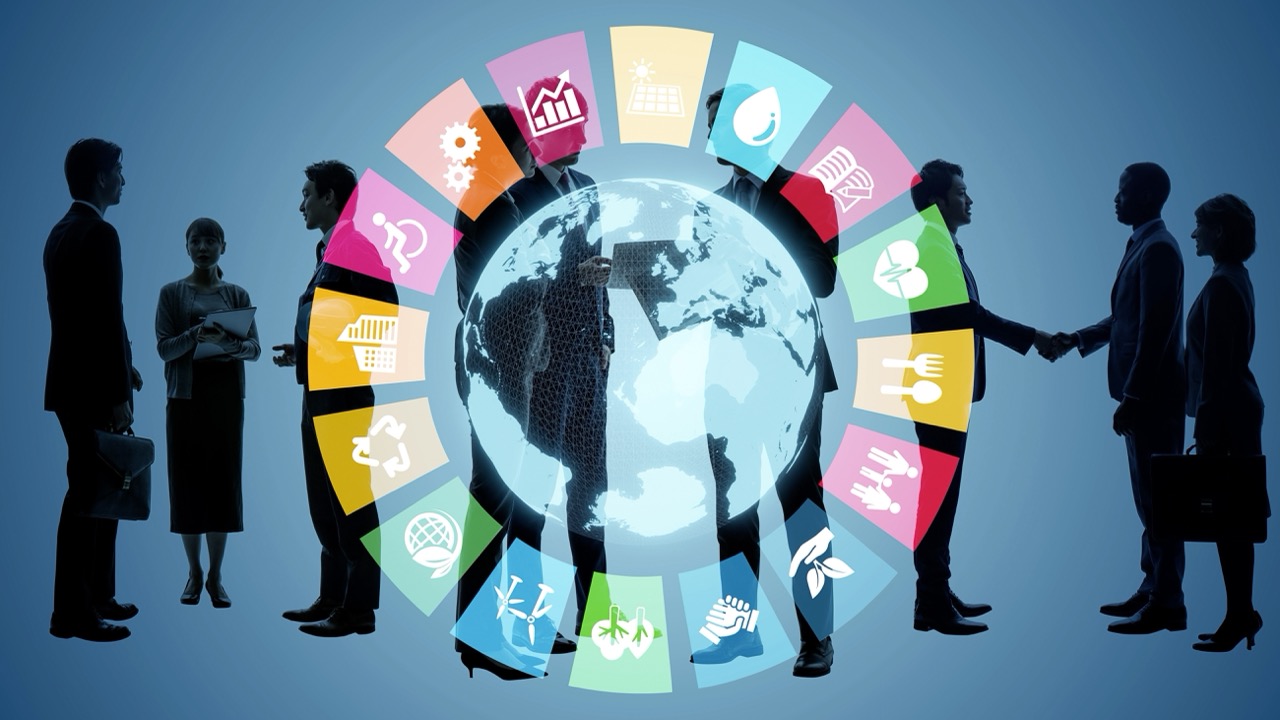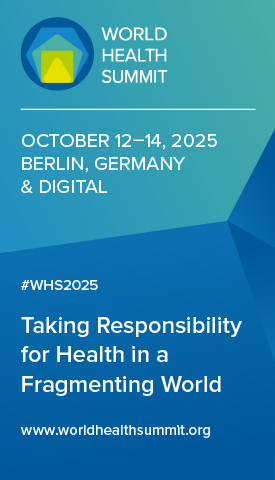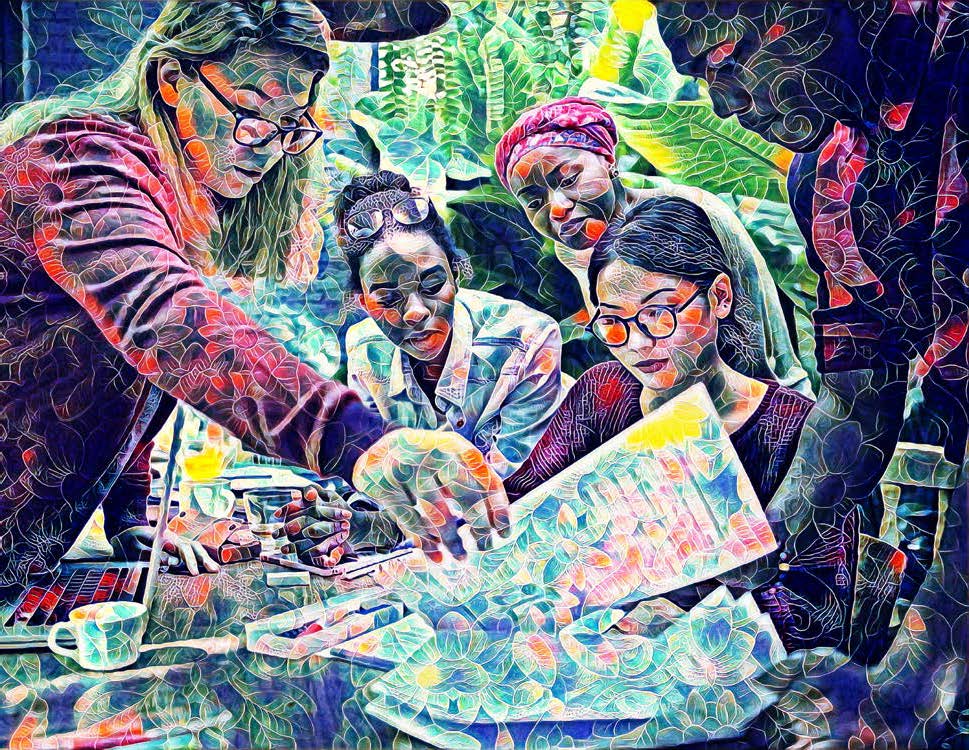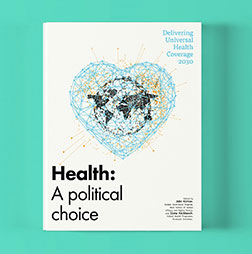Securing the SDGs: Why the G7 must lead the way
What impacts will recent cutbacks in official development assistance have on achieving the Sustainable Development Goals?
We’re seeing an enormous defunding of international cooperation in 2025. The United States, the United Kingdom, Switzerland, Germany and the Netherlands are among the countries that are reducing their aid. The repercussions are severe. Hundreds of millions of people are already affected through drastically reduced humanitarian finance – food rations have been halved or entirely stopped, some refugee camps are no longer being supported, and funding for life-saving AIDS treatments is dwindling, putting hundreds of thousands of lives in jeopardy.
The ripple effects go beyond immediate humanitarian needs. Approximately 50 developing countries are grappling with a severe debt crisis, diverting resources to debt servicing rather than essential investments in critical areas such as education or health care.
These cutbacks also stifle the technological investments necessary to drive future economic growth. Developing countries – and even G7 members – require significant investment in key areas including digital public infrastructure. Yet, with escalating budget deficits and overextended loans, such forward-looking investments are increasingly unattainable.
This reflects a broader reluctance to invest in collective solutions and the institutions designed to enable global cooperation. Indeed, the future of several United Nations agencies is under threat, with thousands of contracts terminated – ultimately halting vital services for millions of people.
What we face is not just a crisis of resources but a crisis of institutional and operational capacity. These short-term funding cuts have long-term implications, undermining the resilience of countries and their ability to invest in human capital, stabilise economies and build transparent, accountable governance systems.
It’s worth remembering that development has been one of humanity’s greatest success stories: billions of people lifted out of poverty, rising incomes, dramatic increases in girls’ education, improved life expectancy and unprecedented internet connectivity. Yet, in today’s polarised domestic climate, investment in global development is becoming increasingly constrained. In 2024, the Organisation for Economic Co-operation and Development’s Development Assistance Committee members mobilised 0.33% of their combined gross national income for ODA, far short of the longstanding 0.7% target. This disparity underscores the growing gap between the commitments made and the support actually provided to those in need, challenging the notion that investing in global development comes at the expense of domestic priorities.
Is anyone stepping in?
Many countries are much smaller than the US so they cannot offset its withdrawal. Moreover, heightened security priorities in Europe have led to increased defence budgets, with reduced aid often justified as a necessary reallocation of resources to military spending. In 2024, more than $2,700 billion was allocated to defence spending globally, while a mere fraction of that – just $212 billion – was directed toward ODA. In reality, the greatest risk to a person anywhere today is not reducible to a territorial threat. Global development finance is about de-risking the greatest threats in the 21st century including pandemics, conflicts and climate impacts. It is about addressing our shared vulnerabilities, from pandemics to climate resilience, while navigating challenges such as cybercrime and cyber-terrorism. These are global issues that no country can tackle alone. Yet many developing countries are essentially left to their own devices, eroding confidence in global commitments.
Can cash-strapped governments mobilise private sector financing for development?
Given the divergence even within the G7, it’s difficult to see how countries will reconvene to make decisions that could transform development financing. Public support is shrinking. Can the private sector provide capital markets, programmes, incentives and policies that provide significant resources? Without question. However, private capital goes where it can make a robust return on investment. That’s only a dozen or two economies in the Global South. Most developing countries cannot attract substantial capital and private sector investment without measures such as credit guarantees, export finance or hybrid capital. Billions of people live in economies struggling to attract significant investments. Most investment comes from the private and entrepreneurial sectors, but for transformative investments to make up for reduced aid, we need deliberate policy measures and development finance institutions to infuse strategic capital that can multiply investments that produce private sector infrastructure, services and economic growth.
Is there a risk of a new digital divide over artificial intelligence?
Artificial intelligence can drive economic development that is transformative for developing country economies. Yet we need transparent governance frameworks that ensure that technology becomes an asset for a country, a society and ultimately the global economy. To this end, the UN Development Programme, the International Telecommunication Union and private sector partners are working alongside developing countries to create the robust ecosystems needed to reap the benefits of AI applications. This includes establishing the structures necessary to foster private sector–driven AI services and products, ensuring they are inclusive, sustainable and tailored to local needs.
UNDP’s 2025 Human Development Report focuses on investing in the possibility of AI. It argues how the world must find the optimal balance between market-driven innovation, entrepreneurial ingenuity and regulatory frameworks so that AI does not become weaponised or exclusive to the point of driving conflict, and aligns with human rights, including the right to privacy.
Can G7 leaders help get the SDGs back on track?
The G7, by virtue of its economic size and influence, must find a way to act cohesively, rising above the challenges of the moment, not only as a stabilising force but also as leaders in ensuring a safer, more equitable future for all. This includes reversing the decline in ODA and recognising that the cost of inaction – on hunger, poverty, climate change and instability – is far greater than the investments required now.
Moreover, the G7 can champion bold reforms to international financial and governance systems, ensuring that institutions such as the UN and Bretton Woods frameworks are fit for purpose in addressing 21st-century challenges. By doing so, the G7 can help restore trust in multilateralism, mobilise private and public capital to fill critical gaps, and ensure that life-changing technological advancements like AI benefit all, not just a select few.
Canada’s G7 presidency presents a pivotal opportunity to set a bold new course for global progress. With courage and vision, the G7 can forge a legacy of solidarity and transformation that will define this era. The world is not merely watching; it is relying on the G7 to take decisive, impactful action to confront the defining challenges of our time.












